What Is an Aquarium Ecosystem? A Complete Guide
An aquarium ecosystem is basically a small-scale version of nature that works inside your tank, where every element depends on the other to survive. Just as lakes and rivers stay balanced naturally, an aquarium also maintains stability when fish, plants, beneficial bacteria, and water quality work together in harmony. The process begins when fish eat food and produce waste, which could be toxic if left unmanaged. Beneficial bacteria step in to break down this waste, turning harmful compounds like ammonia into safer nutrients such as nitrates.
These nutrients are then absorbed by live plants, which not only use them for growth but also release oxygen into the water through photosynthesis. Oxygen becomes essential for the fish to breathe, completing a continuous cycle where fish, bacteria, and plants support each other. If any one of these parts—fish, plants, bacteria, or clean water—is missing, the balance breaks, and the aquarium can no longer function as a healthy ecosystem.
Water Quality (Foundation of the Ecosystem)
Water is the foundation of an aquarium ecosystem. Without clean and stable water, nothing else will work properly.
- Chlorine: Tap water contains chlorine, which is harmful. Always treat it with a water conditioner.
- Temperature: Keep a stable water temperature (24–27°C) for freshwater aquariums. Too hot = low oxygen; too cold = stressed fish.
- pH & Hardness: Stable pH (6.5–7.5) keeps fish comfortable. Sudden changes can shock them.
Connection: Good water quality allows bacteria to grow, plants to thrive, and fish to stay healthy.
Beneficial Bacteria (Nitrogen Cycle)
The nitrogen cycle is the backbone of the ecosystem.
- Ammonia: Fish waste and leftover food produce ammonia (toxic).
- Nitrite: Bacteria convert ammonia into nitrite (still harmful).
- Nitrate: Another group of bacteria converts nitrite into nitrate (safe in small amounts).
- Plants use nitrates as food.
Without bacteria, ammonia builds up and kills fish. That’s why cycling a new tank is essential.
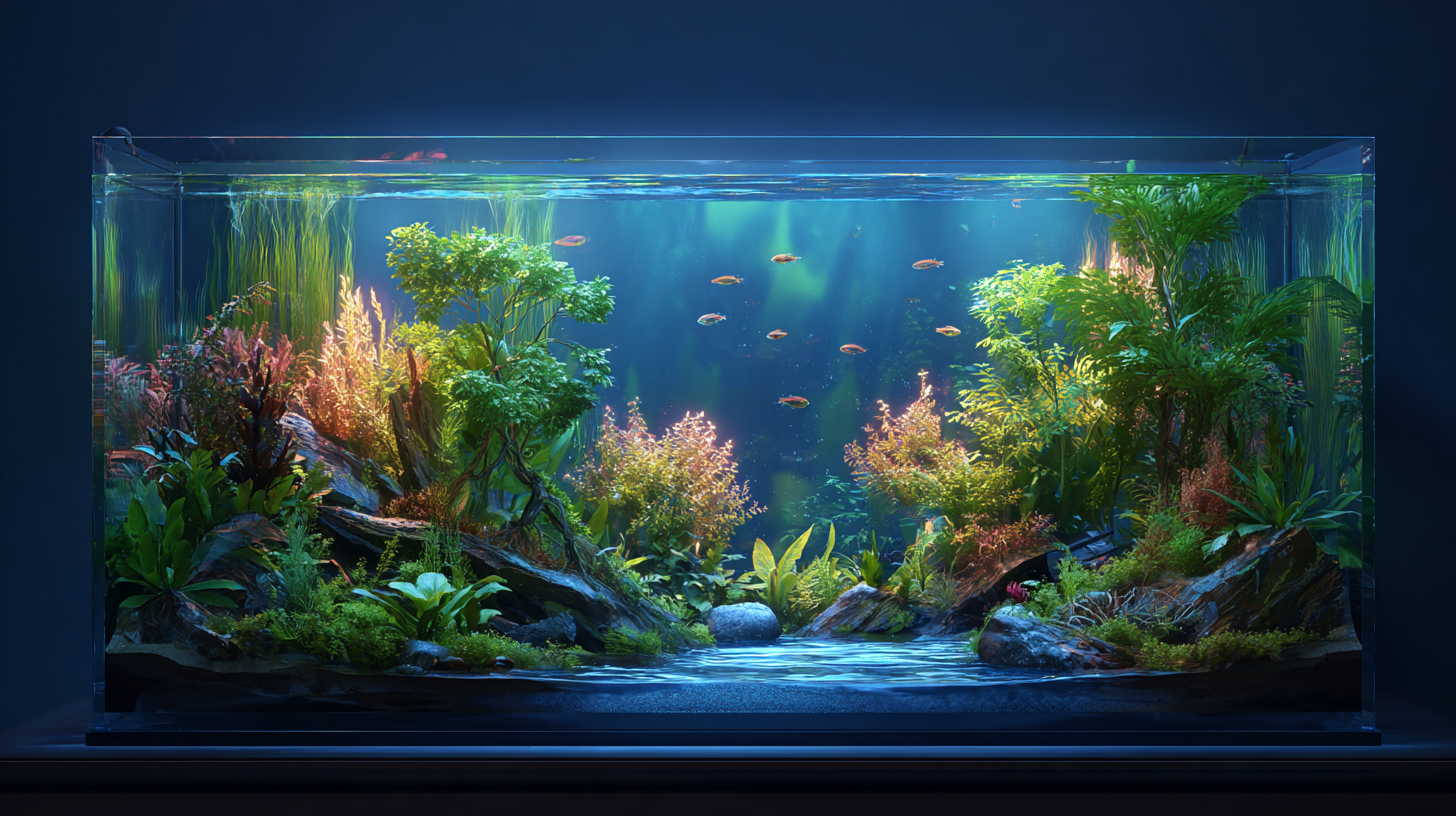
Substrate (Soil vs. Sand)
The substrate acts as the “ground” of your aquarium.
- Soil (Dirt/Aqua Soil): Rich in nutrients. Perfect for plant growth.
- Sand/Gravel: Has no nutrients but looks clean and is used as a top layer (cap).
Connection: Plants rooted in soil grow fast → absorb nitrates → improve water quality → reduce stress for fish.
Plants (The Lungs of the Aquarium)
Plants are the most powerful part of a natural ecosystem.
- Absorb Waste: Take in nitrates and phosphates from fish waste.
- Produce Oxygen: Photosynthesis releases oxygen that fish need.
- Provide Shelter: Fish hide in plants, reducing stress.
- Control Algae: By consuming nutrients, they leave little for algae.
The more live plants you add, the stronger your ecosystem becomes.
Lights (Energy Source)
Plants cannot grow without light. Light is their food source.
- Less Light: Plants weaken → waste builds up.
- Too Much Light: Algae takes over.
- Balanced Light: 6–8 hours per day is ideal.
Connection: Light → Plants grow → Absorb waste + Release oxygen → Fish stay healthy.
Filtration
A filter does more than just remove dirt — it is the home of bacteria.
- Mechanical: Removes visible waste.
- Biological: Houses bacteria for the nitrogen cycle.
- Chemical (optional): Removes unwanted chemicals.
Without filtration, bacteria won’t thrive, and water quality will crash.
Fish & Invertebrates
Fish and small creatures complete the ecosystem.
- Fish: Produce waste that bacteria and plants use.
- Snails: Eat algae and leftover food.
- Shrimps: Act as a cleaning crew, eating detritus.
Connection: Fish waste → broken down by bacteria → absorbed by plants → oxygen produced for fish.
Water Change in an Ecosystem
Even in a natural ecosystem, water changes are still necessary — but less frequent.
- New Tank (1–2 months): 25–30% water change weekly.
- Established Tank (2–3 months old): 20–25% every 2–3 weeks.
- Heavily Stocked Tank: 20–25% weekly.
Reason: Some toxins (like nitrates) and minerals can only be removed or replenished with fresh water.
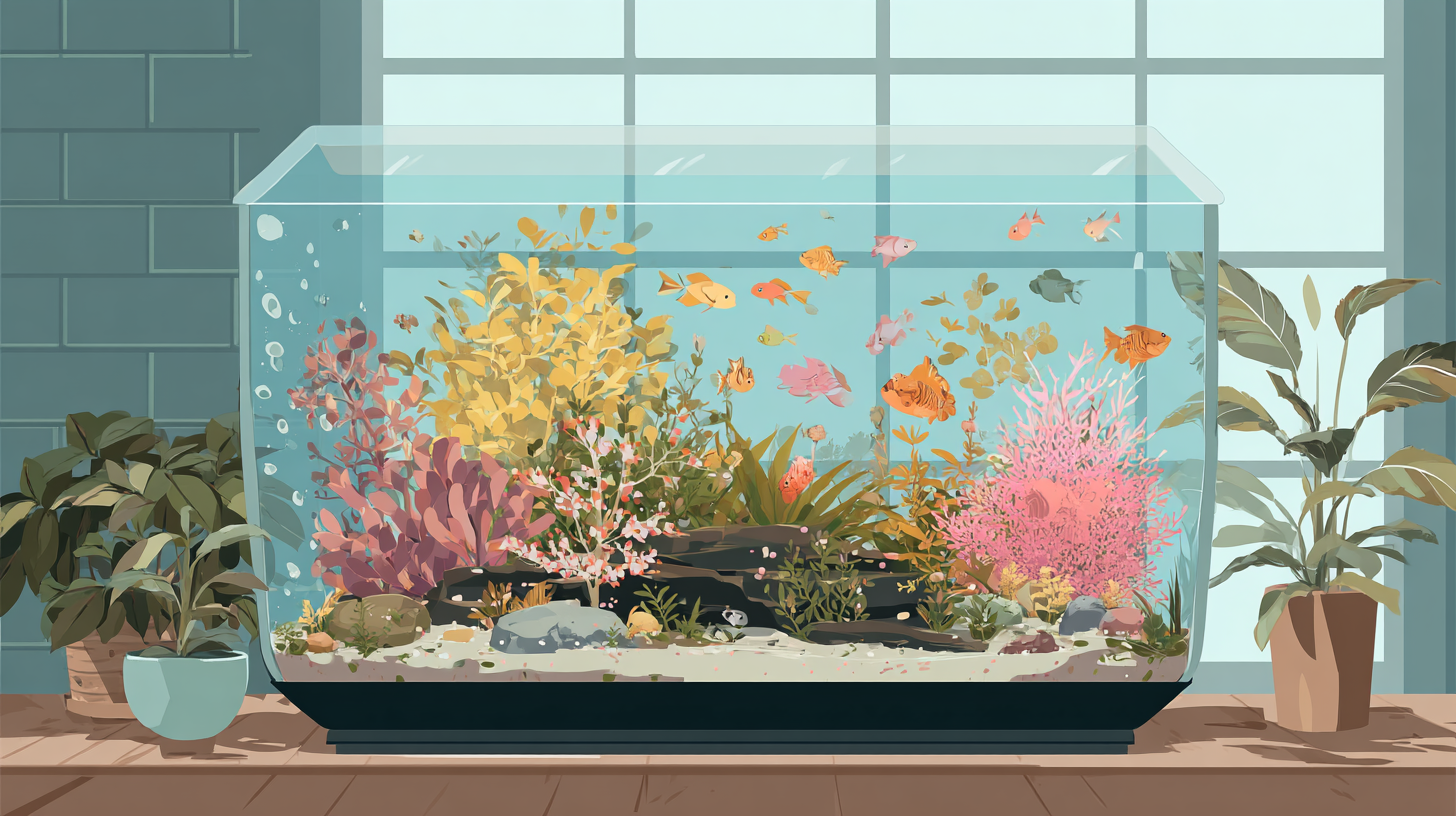
Stocking (How Many Fish to Keep)
Stocking means how many fish you add. Too many = overload, too few = weak cycle.
- Rule of Thumb: 1 inch of fish per 1 gallon of water.
- Lightly Planted Tank: 70% of the rule.
- Moderately Planted Tank: Full rule.
- Heavily Planted Tank: You can keep slightly more fish.
Example: A 20-gallon tank can hold about 20 inches of fish (10 guppies × 2 inches).
Maintenance Schedule
- Daily: Feed fish carefully, don’t overfeed.
- Weekly: Small water change (20–25%), clean glass.
- Monthly: Rinse filter media (in tank water, not tap water).
- Occasional: Trim plants, remove dead leaves.
Final Understanding
An aquarium ecosystem works only when every part of the cycle stays connected. Fish, bacteria, and plants each play their role, while light, substrate, and filtration provide the support system that keeps the balance strong. With regular care—like small water changes, proper feeding, and plant upkeep—the cycle runs smoothly and creates a healthy, natural environment where both fish and plants can thrive for the long term.
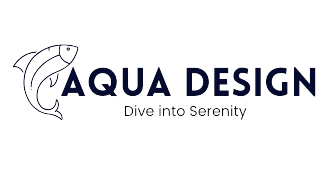
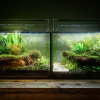
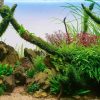
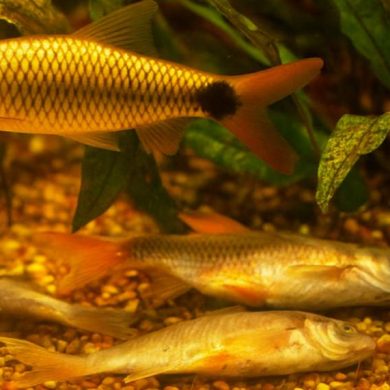
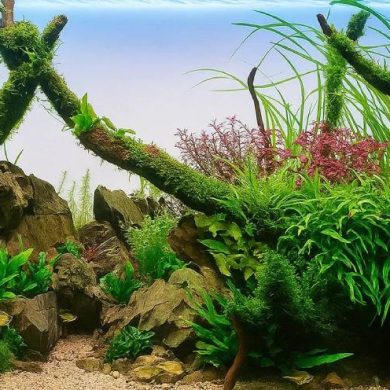
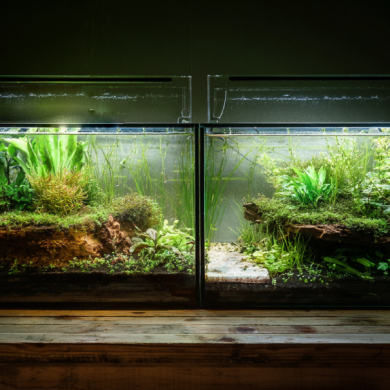
Add comment